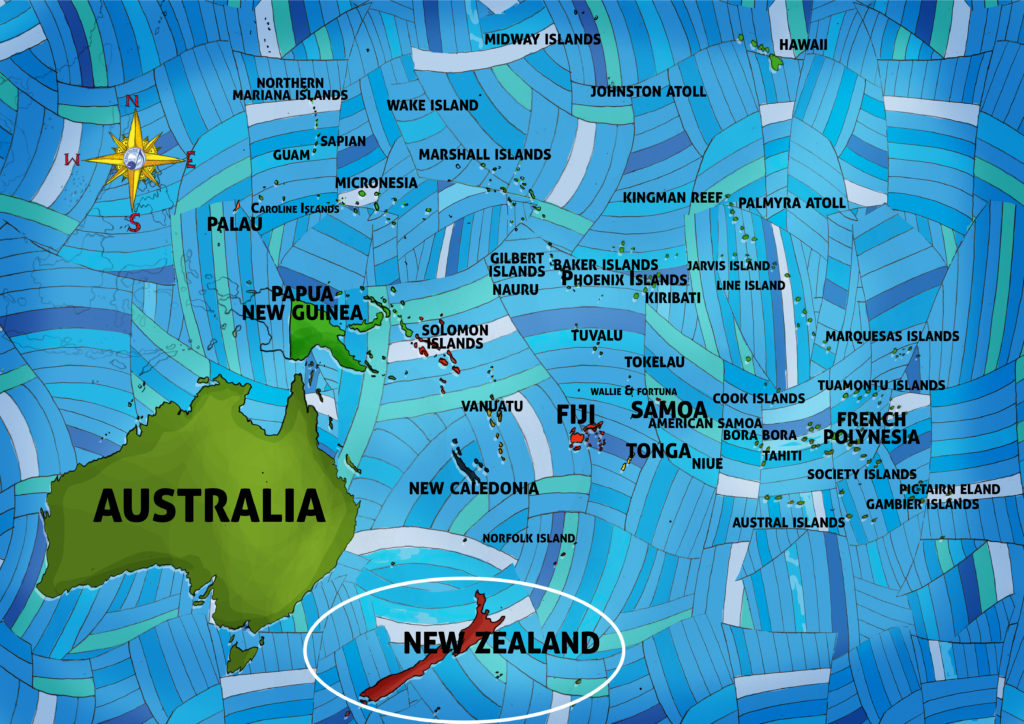Yesterday we watched New Zealand’s “Blam Blam Blam” perform, “There is No Depression in New Zealand,” a song from the early ’80s that satirized the attitude, projected by the Prime Minister, that everything in New Zealand was going along just fine. The song became a theme for the McGillicuddies, a faux political party that reminded everyone that “fine” is a state of mind. An example of the McGillicuddies’ political positions: “The diversion of all of NZ aluminium production away from building US military aircraft and missiles to build giant space-mirrors to melt the polar icecaps and destroy all of the foolish greed-worshipping cities of man in one stroke, thereby returning man to the sea, which he should never have left in the first place .”
In tthis video we watch the McGillicuddies try to invade Wellington in 1986, Alf’s army starts the video and the McGillicuddies come on at 2:22. The actual fake battle begins at 4:16.


